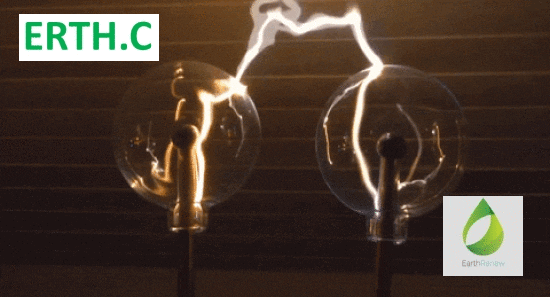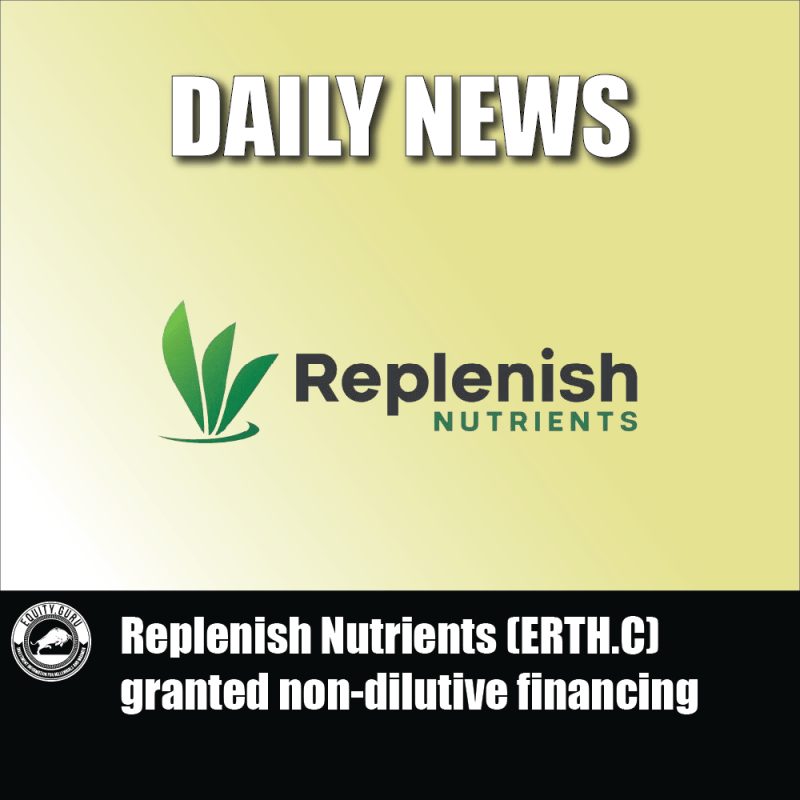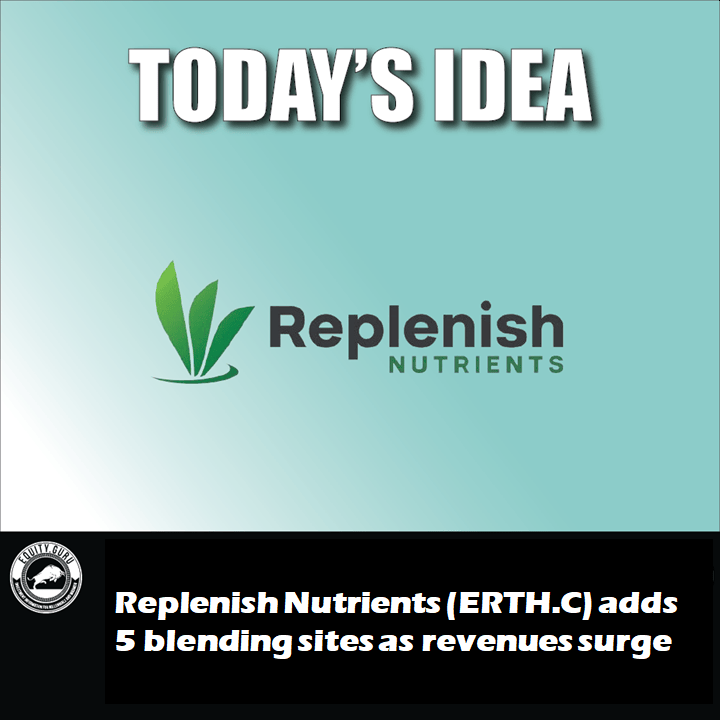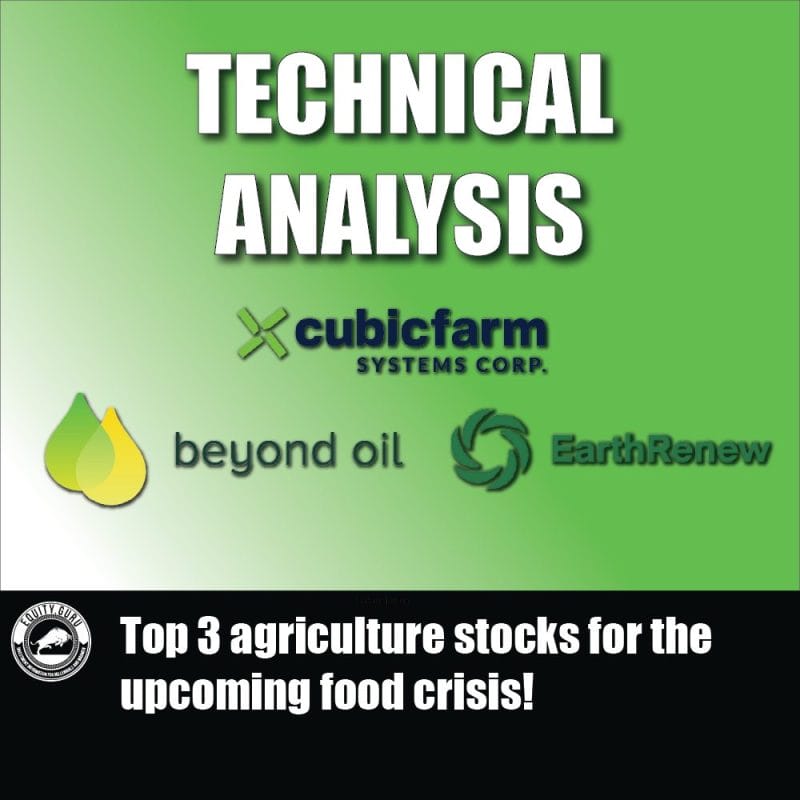On February 1, 2021 EarthRenew (ERTH.C) published 2020 revenue data regarding its power generation facility at EarthRenew’s Strathmore, Alberta facility.
If you’re reading the above sentence and don’t know anything about EarthRenew, you may assume the company is operating a field of wind-turbines on the blustery Canadian prairies.
It isn’t.
For this $19 million company, power generation is a kicker.
ERTH transforms livestock waste into a high-performance organic fertilizer.
“Isn’t cow manure already high-performance fertilizer”?
No – as it turns out – it isn’t.
“Fresh manure sometimes contains pathogens (such as bacteria and viruses) that can cause diseases in humans,” states The Agriculture Department of Washington State University, “Salmonella and certain strains of E. coli are among the most serious pathogens found in animal manure”.
“Pathogens that live in the intestines of animals can be transmitted from their manure to people,” confirms the FDA.
Raw manure is so dangerous that farmers who raise livestock can’t transport the untreated manure to other markets. All they can do is dump it on their own land. If they don’t have enough land, they inherit an expensive disposal problem.
EarthRenew takes a biologically compromised product that is trapped in local markets, and frees it into a pure organic product that can be transported across provincial and state lines.
The value proposition for the owner of the cows?
- Annual lease payments for ERTH’s processing plant
- Disposal of manure.
- Electricity generation.
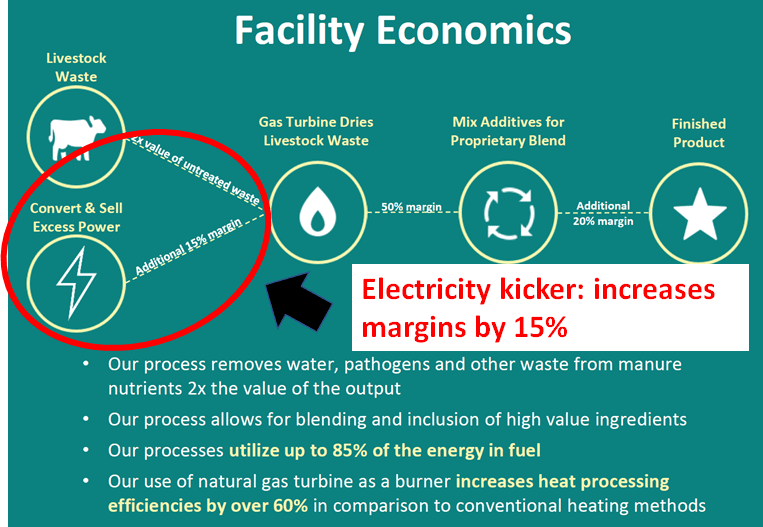
ERTH’s technology applies the exhaust from a natural gas turbine to thermally treat livestock waste.
Electricity produced by te gas turbine is sold to offset the majority of fuel costs, creating an economically sustainable and environmentally friendly method of organic fertilizer production.
About $70 million has been invested into the development and commercialization of this technology, though very little of this is on books (ERTH inherited the technology without inheriting the debt.)
Located on a 25,000 head cattle feedlot, ERTH’s flagship Strathmore plant in Alberta is capable of producing up to four megawatts (MW) per hour.
“In 2020, EarthRenew generated 1,500 MWh of electricity which it sold to the municipal grid for an estimated $377,667 in electricity sales revenue,” stated ERTH, “The direct costs to run the turbine throughout 2020 were $99,400.
ERTH’s operation is a “peaking plant” means it can strategically sell the electricity when the prices are high. Because of this flexibility, the Strathmore Plant was able to generate a 74% gross margin on electricity production.
“This electricity was delivered to the Alberta grid taking advantage of significant price peaking on the grid,” confirmed ERTH, “The pool price for electricity reached $999.99 per MWh in January 2020, fueled by a drastic dip in Alberta temperatures.
In 2020, the average power price was $46.75/MWh as reported by the Alberta Electric System Operator (AESO).
“We intend to continue to operate the facility as a peaking plant until we recommission our existing operations,” stated ERTH CEO Keith Driver, “Once fully recommissioned, the Strathmore Plant will only require approximately 1.5 MW of the 4 MW capacity we have available from the turbine.”
Driver points out that selling the excess electricity to the grid on a peaking basis or to an onsite user such as a co-located agriculture facility represents an important secondary revenue stream for an EarthRenew facility.
Two weeks ago, ERTH announced that it has signed a non-binding letter of intent (L.O.I) to acquire 38% of Replenish Nutrients – a privately held regenerative fertilizer and nutrient company located in Okotoks, Alberta.
Regenerative agriculture promotes farming principles that seek to rehabilitate and enhance the entire ecosystem of the farm with an emphasis on soil health, water management and fertilizer use” according to the Rodale Institute.
Partnering with Replenish Nutrients will bring in tech-savvy management and a mature customer list: two things of value to ERTH as it transitions into as a mid-market fertilizer and soil solution provider.
“We are extremely excited to announce the signing of the LOI and the proposed acquisition of Replenish Nutrients,” started Earthrenew’s CEO, Keith Driver, “If consummated, we expect that the proposed acquisition will allow us to add top-line revenue and accelerate phase 2 of our construction plans.”
In this December 3, 2020 video, Jody Vance talks to EarthRenew CEO and Director, Keith Driver about the business objectives of the company.
Right now, ERTH is focused on the North American market.
The equipment is modular, so ERTH has the potential to scale into international markets.
The demand-drivers for ERTH’s products have a macro tail-wind: due to the encroachment of suburbs, arable land is being lost at the rate of over 38,000 square miles per year.
Land devoted to organic farming however is increasing.
“The U.S. organic sector posted a banner year in 2019, with organic sales in the food and non-food markets totalling a record $55.1 billion, up 5% from the previous year”.
The heavy energy demands of air conditioners and baseboard heaters drive ERTH’s margins higher.
The months of January, July and October 2020 were particularly profitable,” reports ERTH, “with peaking electricity demand resulting from cold and hot weather extremes”.
The Strathmore Plant generated $176,192 in January 2020, $70,093 in July 2020 and $107,225 in October 2020.
- Lukas Kane
Full Disclosure: EarthRenew is an Equity Guru marketing client.

